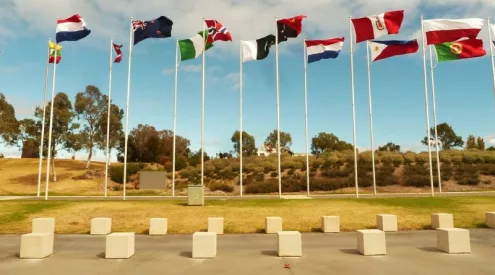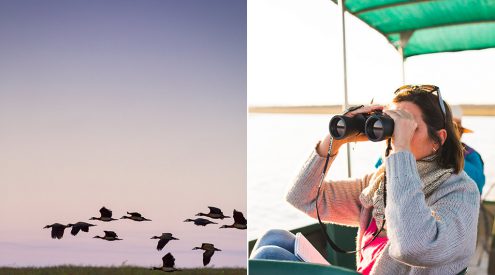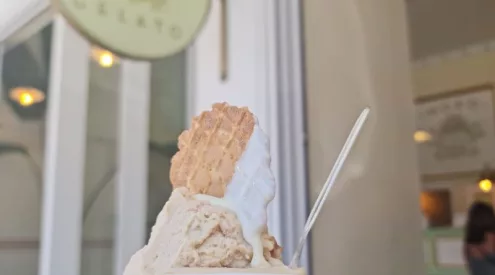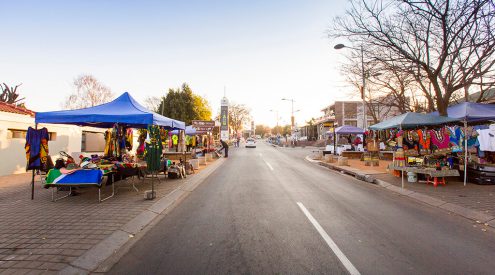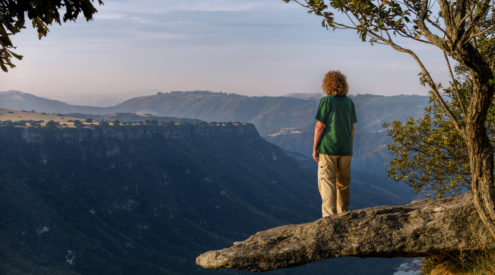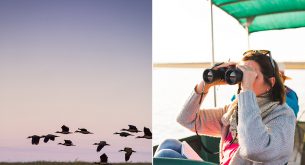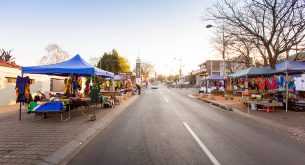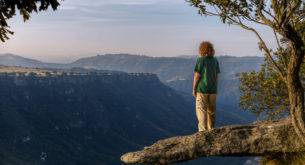The last quagga died in a zoo in Amsterdam 1883*. Quaggas were a kind of zebra that were hunted to extinction. They were distinguishable by their stripes which were on the front half of their bodies only and they had a basic brownish colour at the rear. In fact, it was thought at one time that the extinct Quagga was genetically more similar to a horse than a zebra and thus it was considered a different species altogether.
The extinction of a species is irreversible. A species is made up of a group of animals which share genetic characteristics and therefore are capable of breeding with one another and in doing so will produce fertile offspring. For example, despite looking completely different, all domestic dogs, from the smallest Chihuahua to the largest Great Dane, belong to the same species. However, the White Rhinoceros and the Black Rhinoceros are different species.
Similarly, the quagga was believed to be a separate species from the zebra; almost like a horse in striped pyjamas. If this had been the case, we would have lost the quagga forever. However, a DNA sample taken from a stuffed quagga in 1984 and analysed in Japan, revealed that it was not a species in it’s own right as previously suspected. In fact, the quagga was a subspecies of the existing plains zebra. This meant that, through the selective breeding of plains zebras with quagga-like characteristics, it would be possible to recreate this extinct subspecies.
The Quagga Project began in 1987 in an attempt to bring back the quagga from extinction and eventually reintroduce them into reserves in their former habitat. A number of generations later, the Quagga Project are successfully producing Quagga-like creatures. We were fortunate enough to join Hamish Currie, the director of Back to Africa (and a German film crew!), in the capture and relocation of two of these animals. They are the result of this careful re-breeding programme and are ready to begin their new lives, without a fence in sight, at the Cape Agulhas National Park.
The experience gave us a real insight into what the capture and relocation of wild African animals entails. In order to get these creatures onto a truck for transport, they must first be sedated. This is done using a dart gun which contains a drug which is a derivative of opium (known as M99). On impact with a soft target, the dart injects the drug. What is enough to sedate a quagga for 40 minutes or so is lethal for a human being and so must be handled with extreme care. Lachlan was at hand with an antidote injection in the event of an accident which allows the human body more time to be helicoptered to the nearest hospital. This actually happened to Hamish a few years ago when a faulty dart exploded and he inhaled it’s contents. He was very lucky to survive.
Hamish managed to successfully dart the first quagga almost immediately. Once darted, the effects of the sedative kicked in after around 5 minutes. The quagga fell to the ground and we were able to gather round as Hamish inspected the animal. He was a handsome and very healthy specimen, quite clearly possessing few stripes on his rear and his stripes were of a brownish colour. We were standing so close that we could see the pink flesh inside of his flaring nostrils as he breathed heavily in and out. He was then rolled onto a stretcher and transported to the truck. Lachlan helped to lift the quagga onto the truck and once inside held the enormous mohawked head of this magnificent beast as he was adjusted into a position, so that he would be able to breath easily as the drugs wore off. The South African Parks warden responsible for driving the truck, left the engine on, as apparently the gentle hum usually has a calming effect on animals when they come to.
The second quagga proved far more difficult to capture as he had become spooked having just watched his friend being darted. This kind of stress has been known to kill animals and so it was of the greatest importance that the second quagga was darted swiftly. A game of cat and mouse ensued with Hamish expertly aiming from the back of a moving Land Rover. The first dart must have hit bone because it did not inject properly, but thankfully the second dart successfully penetrated the quagga. It wasn’t long before both animals were loaded onto the truck and heading for their new home.
What an achievement! There have not been quaggas at Cape Agulhas for over a hundred years. Ok, so they are not exactly quaggas yet but they are certainly quagga-ish. As far as scientists can tell, the only difference between a plains zebra and a quagga is their coat pattern and with each generation, The Quagga Project will get closer to producing the genuine article.
Humankind was lucky here. Eventually, through new science, we were able to distinguish the quagga as a subspecies of the existing Plains Zebra, giving us the opportunity to re-breed it back from extinction. We have been given a surprise second chance to preserve this beautiful animal, but sadly, rare and endangered African species today will experience no such sequel if they become extinct. If we allow this to happen, this tragedy will be irreversible. By supporting Back to Africa, you can help to conserve African species so that your grandchildren may also live in a world where wild animals run free in the African savanna. Hopefully, by this time there will be dazzles of quaggas too! Please read our Back to Africa FAQ to understand what an enormous role they have to play in ensuring the survival of African species in the wild and show your support by donating however much you can afford.
* or so we thought!


